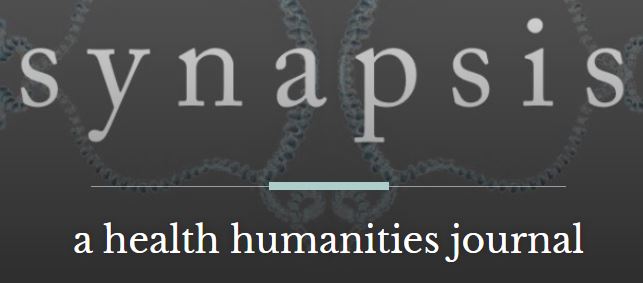Instructor: Christopher C. Baswell
Prerequisites: Instructor’s permission (Lecture). Our encounter with the modern print text is a relatively impoverished event, compared to the multi-layered sensory experience of the medieval book. Medieval manuscripts display individualized hands, rubrication and marginalia, decoration and illustration, sometimes indications for performance (like musical notation). They negotiate between sight and sound; as Chaucer tells his listeners, paradoxically, if they don’t want to hear the Miller’s Tale they can turn the page. Manuscripts even smell and feel distinctive, depending on the source and preparation of their parchment, or the material of their bindings. In this course, we will attempt to re-conceive and re-embed some literary (and other) “texts” of the Middle Ages, most of them editorially created in the 19th and 20th centuries, within their original sites in the physical culture of the past: that is, in manuscripts and early printed editions, and in the settings of cultural creation and consumption those codices intimately reflect. Studying individual manuscripts in New York collections (especially Columbia University), in facsimile, and on-line, our investigations will move in two main directions. First, we will learn about some of the major arenas of book production across the high and later Middle Ages-the kind of manuscripts through which most people, most often, encountered the written word. These will include books of private devotion (and often public ostentation) such as Psalters and Books of Hours; classroom anthologies and related collections; annals and chronicles; herbals and bestiaries; romances and lives of saints. Most of these use the two dominant languages of high medieval textual culture in England: Latin and French. Among them will be the “Aberdeen Bestiary” and the Anglo-Norman History of St. Edward the King by Matthew Paris, or possibly Matthew’s Life of St. Alban and its manuscript, Trinity College Dublin 177. All these materials will be available in translation. Second, those dominant modes of book culture will provide contexts for investigating manuscripts of what has become the canon of Middle English. For instance, we will study one or more Langland manuscripts, in part via the Electronic Archive of Piers Plowman. We will look at the large and beautifully decorated Ellesmere manuscript of Chaucer, yet look too at Chaucer manuscripts that lay different, more modest claims on his text.


